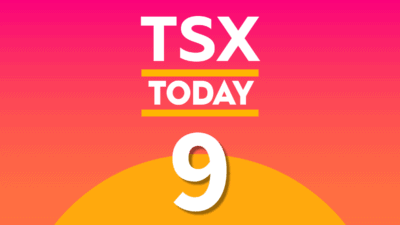It’s a headline that’s sure to scare Royal Bank of Canada (TSX: RY)(NYSE: RY) investors. But in an interview with Bloomberg, CEO Gordon Nixon said the bank “would certainly look at returning to the U.S.”
RBC has been there before, starting with its 2001 purchase of Centura Banks. But the United States is a very difficult market to make money in, with competition far higher than in Canada. Fixed costs (such as technological and regulatory costs) can be very steep, making it difficult for smaller institutions to compete.
RBC was faced with a choice in the United States: either back out or expand further. Mr. Nixon chose the former, selling RBC’s American retail banking operations to PNC Financial Services Group. Even though he sold at a loss, it was widely regarded as a prudent move.
So what makes this time so different?
To be clear, if RBC were to enter the United States, it would look very different than it did before. Gone would be the traditional branch-banking model. Instead, as Mr. Nixon put it, “There are going to be opportunities for new models, new technologies, new ideas and new ways of servicing customers. We’d rather be on that side of the equation than sitting there trying to defend the traditional business of a bread-and-butter bank.”
Mr. Nixon said that RBC has done a lot of homework on the US banking industry, and has even held discussions with top American internet companies.
So would it work?
There are plenty of signs that traditional branch banking will not be viable in the United States for much longer. Although these kinds of statements have been made for years, change is happening a lot faster now.
For starters, the increased use of smartphones, especially among younger people, is allowing more banking activities do be done outside of a branch than ever before. For example, new technology that allows someone to deposit a cheque using a smartphone has helped make banking more convenient than ever before.
Another factor is cost. The American Bankers Association estimates that it costs a traditional bank $250-$400 to maintain a checking account. So if a customer isn’t using his debit card enough, or doesn’t have a high enough balance, his checking account is likely unprofitable for the bank.
Newer, lower cost banking models have thus started to emerge. One that has created headlines recently is Simple Bank, which provides customers with a debit card, free access to thousands of ATMs, and a smartphone app. Simple Bank just sold itself for $117 million to Spanish bank BBVA.
If RBC were to make a similar acquisition, then the capital investment would be a lot lower than it was when it bought Centura. And such a strategy would also give it a nice leg up over the traditional U.S. banks. To borrow Mr. Nixon’s words, RBC would be the “attacker”.
So will it happen?
It’s far too early to say what RBC will end up doing, especially since Mr. Nixon himself will be retiring in early August. So the decision should fall to new CEO Dave McKay. Time will tell what that decision is.







